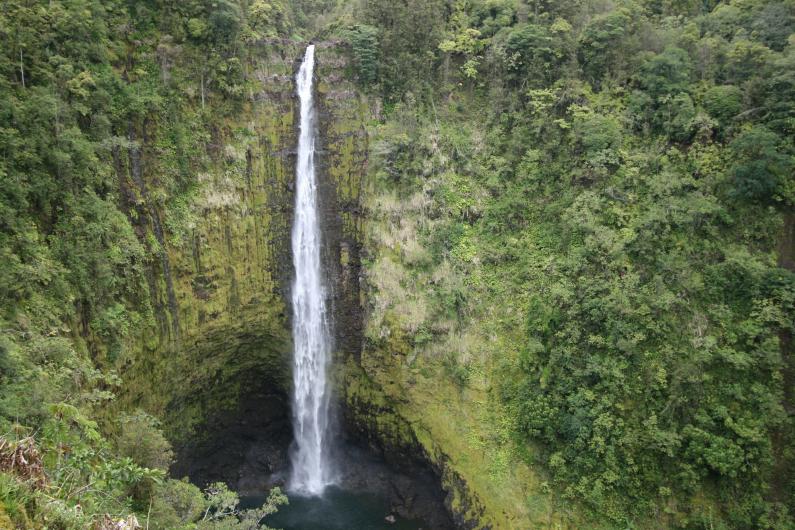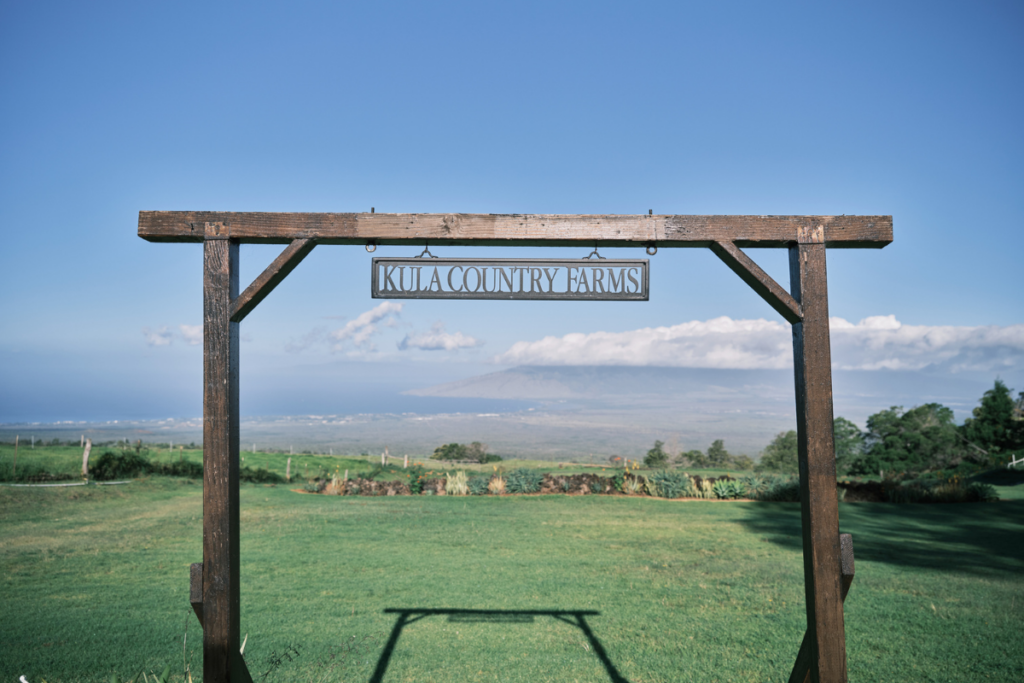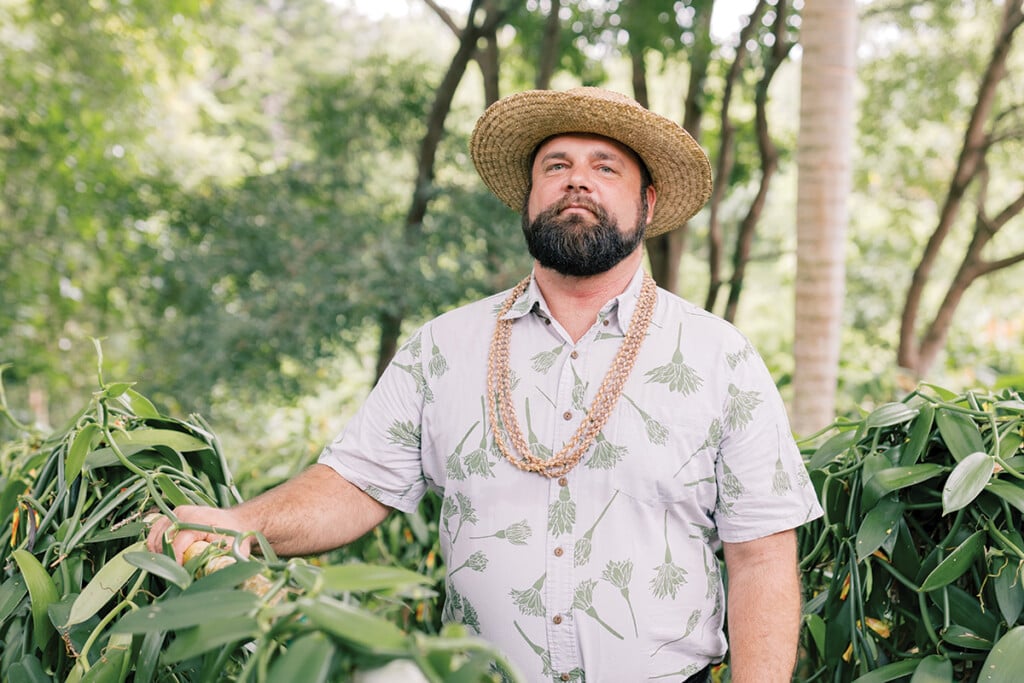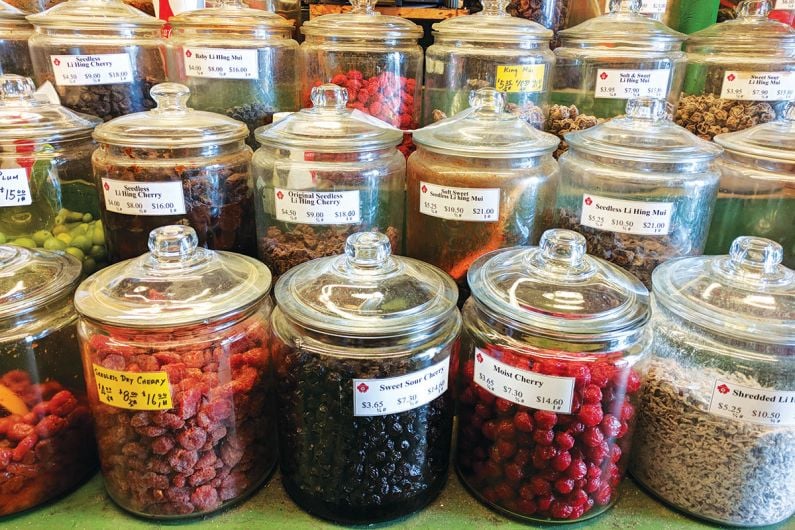Hidden reserve of freshwater discovered on Hawaii Island

Surrounded by thousands of miles of salt water, life sustaining freshwater is one of Hawaii’s most precious resources. Early Hawaiians had strict kapu (laws) governing the conservation and use of water, and the Island’s water supply and management has played an important role in its agricultural and urban development since.
So it came as a surprise late last week when University of Hawaii (UH) announced that its geologists had discovered a secret reservoir of the stuff tucked underground between two mountains on the state’s largest island.
While drilling between Mauna Loa and Mauna Kea on Hawaii Island in 2013, a research team comprised of UH Manoa and UH Hilo researchers hit the water table 4,000 feet earlier than they were expecting.
Previous models of the water table on Hawaii Island, developed decades ago, indicated that the researchers should have found water around 500 feet above sea level, they instead found it at 4,500 feet above sea level. UH shared the geologists’ findings on its news website last Friday.
“With our findings here, it looks as though the islands really act as huge containers,” said Donald Thomas, UH Manoa’s director of the Center for the Study of Active Volcanoes and the project’s leader, in the university’s news story.
For years, geologists and hydrologists thought that the Hawaiian Islands, comprised of porous volcanic rock, could only retain a small portion of the rainwater they received. The recent finding may change long-held theories about the islands geology as well as how—and how much—fresh water can be stored underground throughout the Islands.
The work is part of the Humuula Saddle Hydrologic Study Project, a project named for the area in which it operates. According to UH News, the U.S. Army has been funding the project because it hopes to alleviate some of the $1.5 million it spends each year trucking fresh water into its Pohakuloa Training Area west of Mauna Kea.
The discovered groundwater could be used to relieve some of the demand for water by local ranches as well as on the Army’s training grounds. But first, the group needs to determine exactly how much water they’ve found. The group plans to drill at a second site—six miles from the first—to see if the water table stays consistently shallow in other locations.


